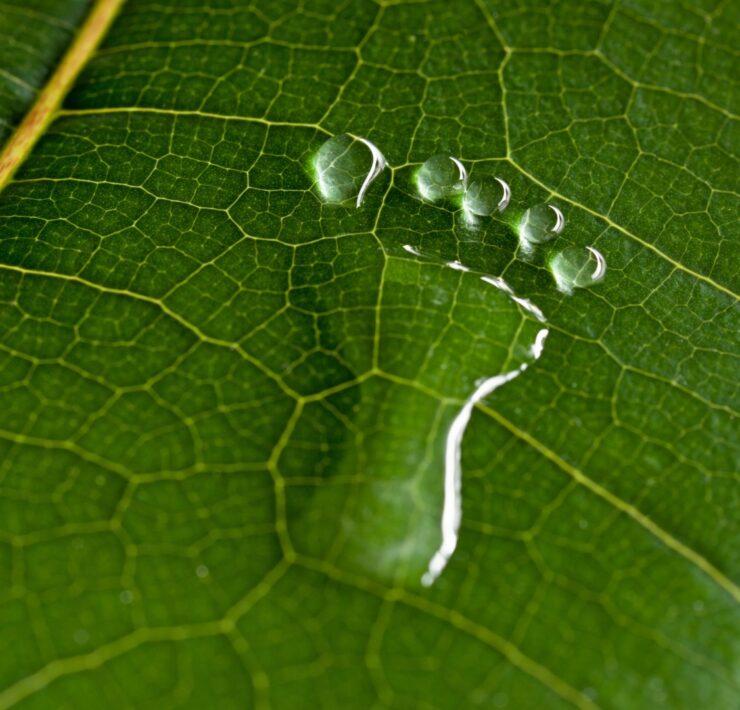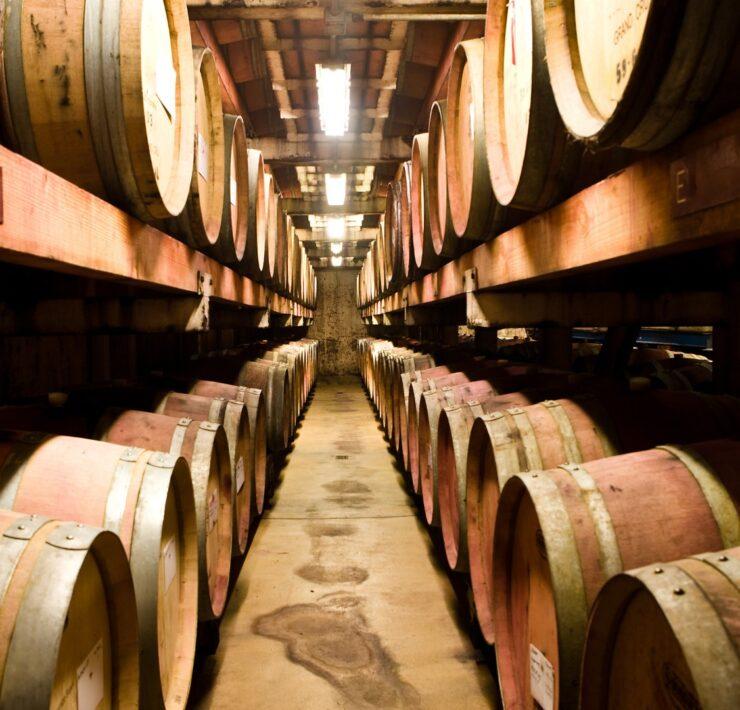Uruguay is a small country, encompassing 67,574 square miles, with a climate and terrain more associated with the Old than the New World. The South American country offers great wines at budget prices — that very few people in the U.S. have had the opportunity to try. That’s changing, though, as Uruguay’s wine culture matures and looks outward. According to Uruguay Wine, the country sends about 6.5 million bottles of wine to the U.S.. That may sound like a lot until you compare it with the 3.2 billion bottles Italy is shipping over.
“Uruguay has a unique terroir, especially within the context of South America,” says Amanda Barnes, author of The South America Wine Guide. “It has more in common with Bordeaux and Galicia than Chile or Argentina. The production levels in Uruguay are also quite small and artisanal, typically family businesses. But like other South American countries, the wines are value-priced. In a nutshell, Uruguay is a wine country for people who love personal, boutique wines they can’t find anywhere else.”
It’s an IFYKYK situation. Because while the country’s reputation as a world-class wine-producing region is not a truth that has been universally acknowledged, the under-the-radar gem is rising in critical and popular estimation, Barnes says.
South American compatriots like Chile and Argentina have been staking a claim on cellar real estate worldwide for decades. But in Uruguay, the country’s entrée into the world of premiumization is relatively new. For a deeper grounding in what Uruguay offers, read on.
Uruguay 411
There are 195 countries in the world, making a deep familiarity with each one’s politics and economy next to impossible — but it’s always helpful for context on a culture’s wine evolution. Here’s a 30-second summary on Uruguay: the country first held elections in 1828 but wavered between democracy and authoritarian rule until 1985, when it broke free of authoritarianism and shifted entirely to democracy. Since then, the country consistently ranks as one of the top 10 freest countries in the world by Freedom House. It also has the highest GDP per capita in South America.
Concern over the environment is a thread throughout the National Constitution. Today, about 97% of its electricity comes from renewable resources.
The investment in a green economy is boosting the country’s bottom line. Between 1990 and 2019, the country’s Gross National Income per capita skyrocketed 104.3%, according to the United Nations.
A society built on egalitarianism and innovation, Uruguay is also a nation of immigrants, many of whom brought their wine culture with them, primarily from Spain and Italy.
Winemaking in Uruguay
Spanish and Italian immigrants streamed into Uruguay in the 18th century, and winemaking in earnest began in the mid-19th.
The first serious commercial enterprises were launched by Pascual Harriague, who planted 494 acres in Salto in 1860, and Francisco Vidiela, who put European Vitis vinifera in the ground in 1870 near the already great city of Montevideo.
The focus, initially, in classic Old World wine-lover style in the New World, was on careful cultivation for everyday drinking, but also premium expressions. But the tide turned in the mid-20th century, when production peaked at close to 47,000 acres of grapes under vine, largely planted with an American hybrid known as Isabella or Frutilla. (The hybrid grapes produced generic, sweet wines suitable for bulk, cheap, industrial-style wines.) Then, the political unrest and the dictatorships that defined much of the latter half of the 20th century until 1985 destroyed the economy for premium wine.
In the late 1980s, knowing a do-or-die moment when they saw it, the remaining families of winegrowers and producers banded together to create a quality demarcation. The Vino de Calidad Preferencial (VCP), or Preferential Quality Wine, designation can still be found on labels today.
The National Viticultural Institute also began in 1987, spearheading Uruguay’s slow but steady rise in quality and presence on the world stage.
Currently, there are almost 15,000 acres of grapes under vine, roughly equivalent to Saint Émilion AOC, which has 13,343 acres. There are 180 wineries in operation, most of which are family-run.
Editor’s note: Listen to The History of Wine: Uruguay, available to everyone on SOMMTV.com, for more insights about Uruguay’s wine history.
The Terroir of Uruguay
Uruguay is shaped like a slice of pie, with the crust-end sticking out in the Atlantic Ocean. The triangular tip slips between Brazil to the northeast and Argentina to the southwest.
Uruguay’s relatively small size manages to host an incredible diversity of terroirs. There are 99 classified soil types — including three dominated by clay — around the country, with vineyards roots in most of them.
There are six main wine-making regions:
Northern Shore: Vineyards here are primarily along the Uruguay River, with a diurnal shift of 20 degrees and high humidity. Soils include riverbed gravel, and calcareous clay, with some lime and sand. There are 408 acres under vine here.
Southern Shore: Vineyards here are also receive influence from the Uruguay River and account for 5.2% of the country’s production. Soils are a mixture of sedimentary and rock.
Metropolitan: This is where 83.4% of the country’s vines live, taking up more than 12,000 acres of space. Deep clay soils with strips of pink granite dominate.
Center: There are just over 100 acres under vine here, with deep clay soils.
North: Vines here root into iron-enriched soil and experience a significant 20-degree shift in temperature between day and night. This area is home to 84 vineyard acres, or 0.6% of the country’s total output.
Oceanic: Here, the soils feature granite and ballast, with a distinct oceanic influence on the grapes. Most of Uruguay’s production is red, but here, whites dominate. There are just over 1,100 acres of grape vines or almost 8% of Uruguay’s output.
Across all of its regions, the climate is cool and humid, unlike the high-elevation, hot and dry climates of Chile and Argentina.
“The low altitude vineyards and mild maritime climate create an opportunity for winemakers to create terroir-driven wines that reflect the distinct regions,” Barnes explains. “What is also unique about Uruguay is that fermentation and aging methods vary winery to winery. It’s about the history and personality of the winemakers and what their goals are.”
Grapes for Making Wine in Uruguay
The most defining characteristic of Uruguayan wine, Barnes argues, is the grapes themselves.
“If you’re going to think of one thing when you think of Uruguayan wine, think of Tannat,” she says. “Albariño is a rising star and calling card for the country as well, but it doesn’t come close to Tannat’s acreage.”
Indeed, Tannat, first planted in Uruguay in 1870 by Harriague, now encompasses 3,892 acres or about one-quarter of all plantings. Its thick skins allow the grape to thrive amid steady humidity and rainfall and ripen well during the hot summers. Other red Bordeaux varieties, namely Merlot, Cabernet Sauvignon and Cabernet Franc, make the top 10 most-planted list. They account for 1,532, 833, and 534 acres under vine, respectively.
White grape plantings, as Barnes notes, aren’t as frequent. However, Albariño, Sauvignon Blanc, and Chardonnay thrive, especially in coastal regions where the terroir mirrors that of Galicia.
The wines, overall, are lower in alcohol than many — around 13% for reds. They often express noticeable tannins balanced by the freshness and verve the climate and soils deliver.
Two consistently highly rated wines from Uruguay — representing the bookends of burly and bright — are Bodega Garzon’s Petit Clos Tannat and Bouza Albariño.
Bodega Garzon perches on the granitic hillsides of coastal Maldonado, with close to 600 acres under vine. It’s the first winery in the world to earn a Silver LEED certification, meaning everything from the offices to the wine cellar is environmentally sustainable.
Bouza’s Albarino began as an experiment and turned into a flagship for the winery, which received plantings from the family’s other properties in Rias Baixas.
“To truly understand Uruguay’s wine, you can taste through the key producers and grapes in a few months,” Barnes says. “You’ll have an incredible grasp of the grapes, aging methods and terroirs that define the country. To truly get to know Italian wine? Impossible. You could spend a decade and still be lost. I love that Uruguay feels diverse but easy to get to know. It will always be a boutique wine country with a lot of personality, but one that anyone can understand.”
That’s rare. Thankfully, with the increasing availability of Uruguayan wine — generally priced between $12-$20 a bottle — the opportunity will be less rare.









